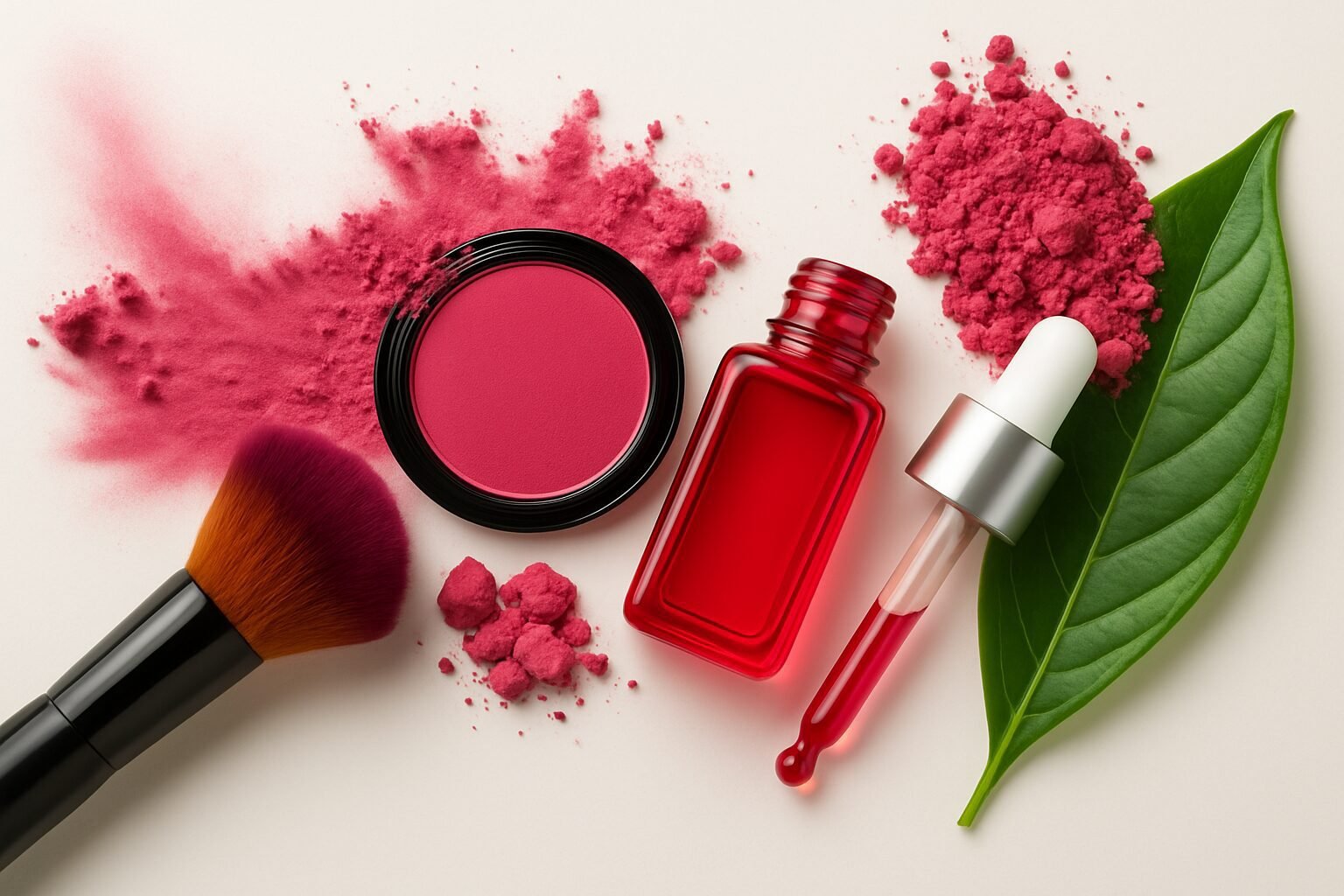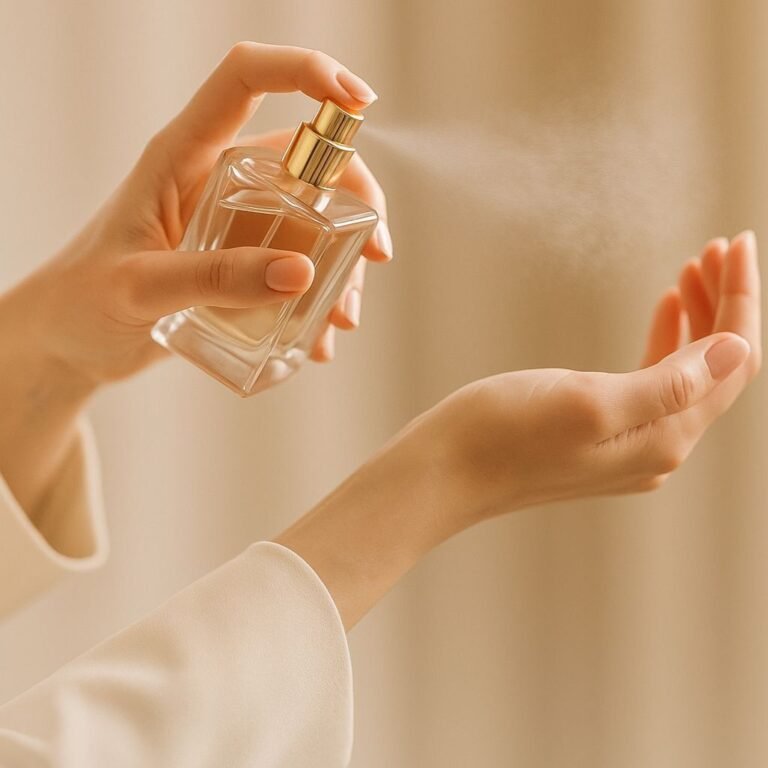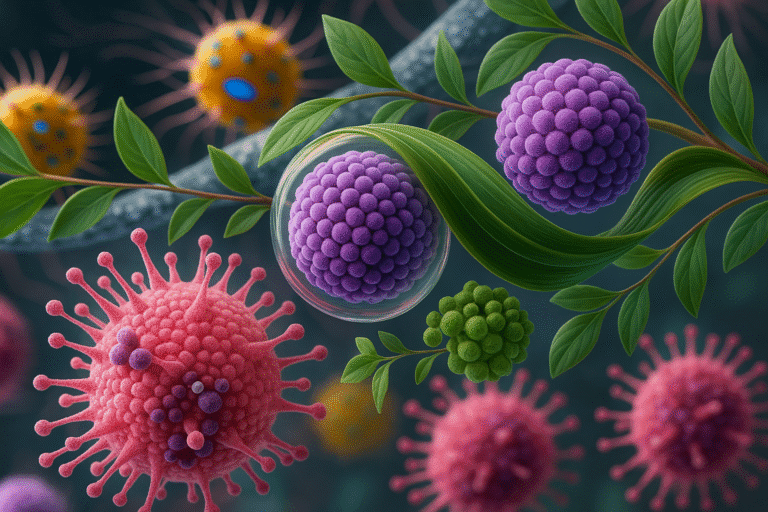PFAS-Free Cosmetics: A Safer, More Sustainable Approach
Consumers now demand PFAS-free cosmetics. Per- and polyfluoroalkyl substances (PFAS), also called “forever chemicals,” persist in both the environment and the human body. These chemicals provide durability, water resistance, and long-lasting properties, but concerns about their health and environmental impact have risen. This article explains the risks of PFAS, the regulatory changes, and how chemists can transition toward PFAS-free formulations.
What Are PFAS?
PFAS are synthetic chemicals with a carbon-fluorine bond, which makes them resistant to heat, water, and oil. This bond gives PFAS their durability, making them ideal for cosmetics, especially in products like waterproof mascara, long-lasting foundations, and smudge-proof lipsticks. However, their stability leads to problems: PFAS do not degrade naturally and accumulate in the environment and the human body. Nearly everyone has detectable levels of PFAS in their blood, raising concerns about their long-term health effects.
These chemicals have earned the nickname “forever chemicals” due to their inability to break down. They accumulate over time in both the human body and the environment, posing serious health risks. PFAS exposure has been linked to liver damage, developmental delays, immune system suppression, and even cancers such as kidney and testicular cancer.
The Risks of PFAS in Cosmetics
PFAS do not easily absorb through the skin, but they accumulate in the body over time. As they persist in the body, they raise significant health concerns. The chemicals’ stability prevents them from breaking down, leading to their bioaccumulation. Studies show that exposure to PFAS leads to chronic health problems, such as liver damage and immune system suppression. Over time, the chemicals build up, increasing the risk of serious long-term health effects.
The Environmental Protection Agency (EPA) and other regulatory bodies are responding to these concerns by tightening regulations. They are working to phase out some PFAS compounds in consumer products, including cosmetics. As awareness grows, consumers demand safer, PFAS-free alternatives, urging formulators to explore sustainable options.
Reformulating Without PFAS: The Future of Clean Cosmetics
The demand for PFAS-free cosmetics forces formulators to find alternatives with similar properties, such as durability, water resistance, and long-lasting wear. Although removing PFAS is challenging, many natural ingredients offer comparable performance without the harmful effects. Plant-based extracts, bio-based compounds, and minerals are rising as safer alternatives in cosmetic formulations.
To reformulate without PFAS, chemists must identify ingredients that replace PFAS while maintaining product quality. Fortunately, the increasing availability of natural alternatives allows for safer formulations that meet consumer expectations for both performance and sustainability.
Incorporating Natural Alternatives
Natural alternatives, such as phycocyanin and astaxanthin, have become popular replacements for PFAS in cosmetics. These ingredients provide vibrant colorants and antioxidants without the harmful side effects of PFAS. Phycocyanin, derived from algae, delivers a natural blue color and offers antioxidant benefits, making it an excellent alternative to synthetic colorants.
Similarly, astaxanthin, a powerful antioxidant derived from microalgae, offers a red-orange hue and additional skin benefits. Both of these ingredients replace the functionality of PFAS while ensuring that products remain safe, effective, and eco-friendly.
Supporting Ingredients for PFAS-Free Formulations
In addition to colorants and antioxidants, formulators should use ingredients that enhance the stability and performance of PFAS-free products. For example, Cetearyl Alcohol serves as a natural emulsifier, stabilizing formulations and providing a smooth texture. It plays an important role in creams and lotions, improving product consistency.
Hyaluronic acid offers another benefit to PFAS-free formulations by hydrating the skin and improving moisture retention. Its inclusion helps ensure that PFAS-free products provide the same high-quality performance as traditional formulations while keeping the skin moisturized.
Explore PFAS-Free Formulations
Formulating effective PFAS-free products becomes simpler with the right natural alternatives. Ingredients like phycocyanin and astaxanthin are great examples of how plant-based solutions can replace the performance of traditional chemicals. These ingredients not only provide natural pigmentation and antioxidants but also align with the growing demand for clean, sustainable beauty solutions.
At Grand Ingredients, you’ll find a comprehensive selection of high-performance ingredients designed to help chemists create the safest and most effective PFAS-free formulations. If you’re curious to test these active ingredients, Request a Sample to explore their impact in your lab.
Our portfolio continues to expand, offering innovative solutions for your next formulation. Feel free to browse through our offerings and experiment with the most advanced ingredients for your products.







